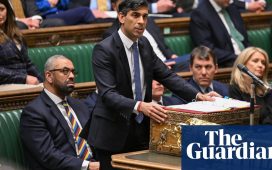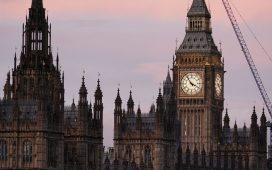The history of the power to prorogue parliament supports the fact that it has been used for political purposes, including for the purpose of restricting the time otherwise available to debate legislation, and for prolonged periods, including at moments of political importance and when the government of the day lacked a majority in the House of Commons:
(1) On 18 September 1914, shortly after the outbreak of the first world war, parliament was prorogued until 27 October, with the King’s speech on prorogation noting that the circumstances “call for action not speech”. On 16 October 1914, parliament was further prorogued by proclamation until 11 November 1914. In total, parliament was prorogued for a period of 53 calendar days during wartime.
(2) On 1 August 1930, parliament was prorogued until 28 October, a period of 87 days. This was during the onset of the great depression following the 1929 Wall Street Crash and when the then government of James Ramsay MacDonald did not command a majority in the House of Commons.
(3) Under s.2 of the Parliament Act 1911 as enacted, a non-money bill could only be enacted without the consent of the Lords if it was passed in three successive sessions by the Commons. As noted below, each session of parliament conventionally lasts for approximately a year. To facilitate the speedy passage of the Parliament Act 1949, the government arranged for a session of minimal length in 1948. Parliament was prorogued on 13 September 1948 to the following day. Following the passage of the parliament bill by the Commons, it was then prorogued again on 25 October 1948. The King’s speech which closed the session expressly noted that “The two houses have again failed to agree on the bill to amend the Parliament Act, 1911.”














